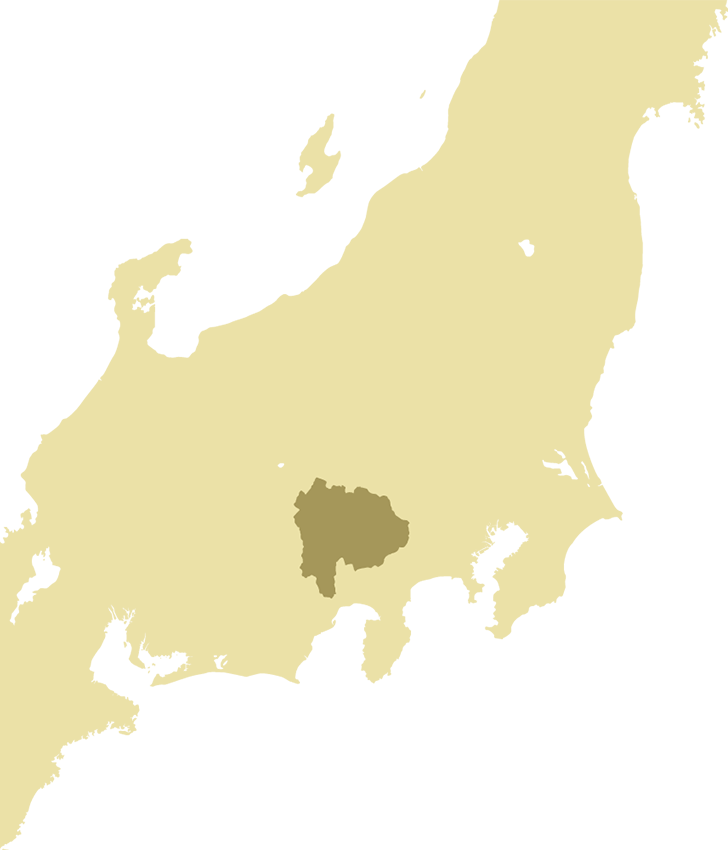A Japanese esthetic that combines deerskin and lacquer




Placed in a corner of each suite room are boxes that store items such as stationery. The lustrous lacquer on the lid is decorated with a lovely geometric pattern that sparkles in different ways according to the angle from which it is viewed. Inden is a distinctive technique invented in Koshu (today’s Yamanashi Prefecture) during the mid-Edo Era. Soft black deerskin is attached to wood and black lacquer applied to its surface. The final part of the process is to decorate it with an intricate pattern. There are said to be as many as 300 traditional patterns, such as tiny cherry blossoms, waves, and dragonflies.
The TRAIN SUITE SHIKI-SHIMA stationery box is decorated with the auspicious sayagata pattern, consisting of stylized interlocking left-handed sauwastika, a symbol of good luck and prosperity.
It takes the artisans roughly six months to complete one of these very special boxes. They are lovingly used as an accompaniment on a special journey.

